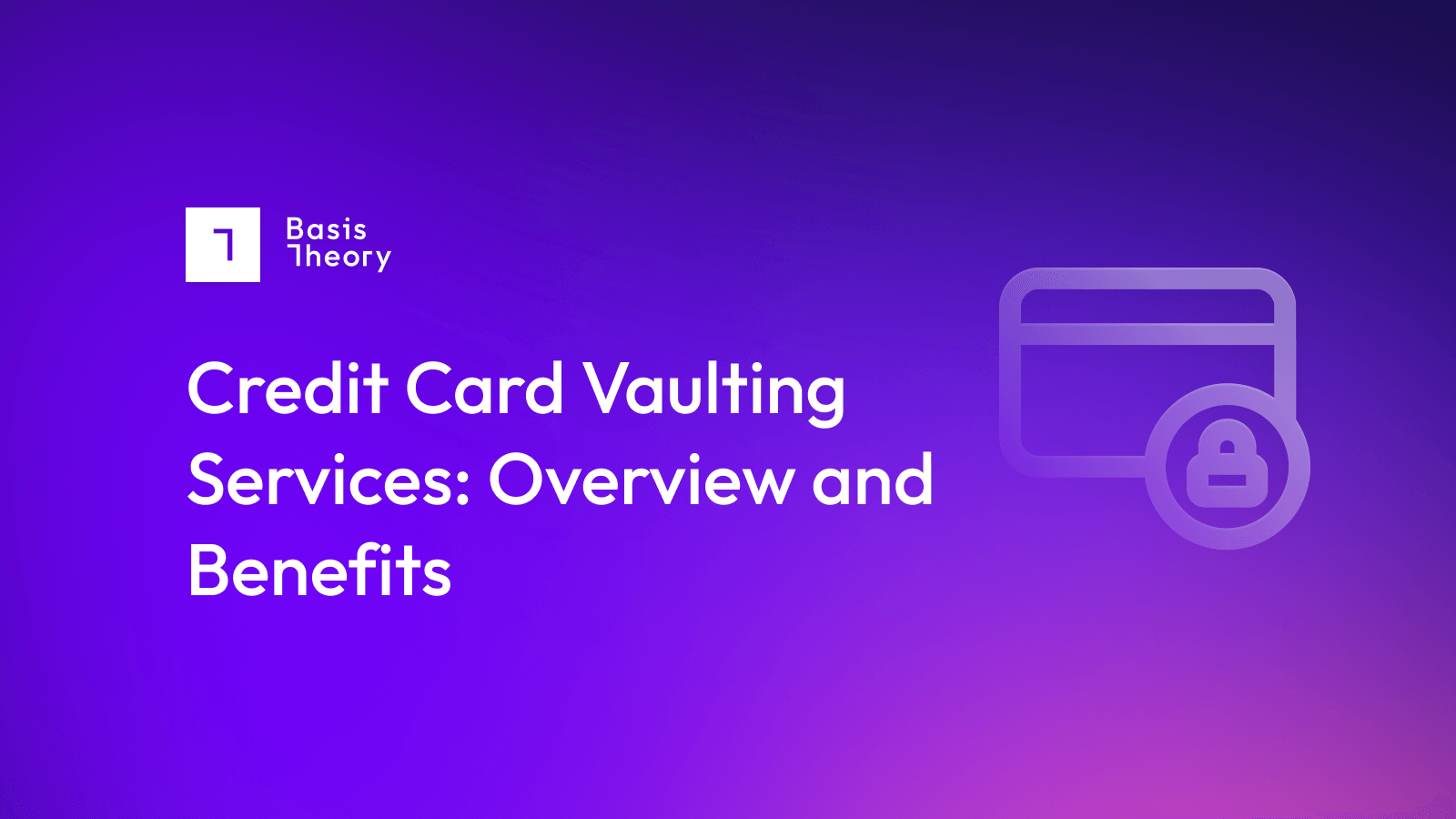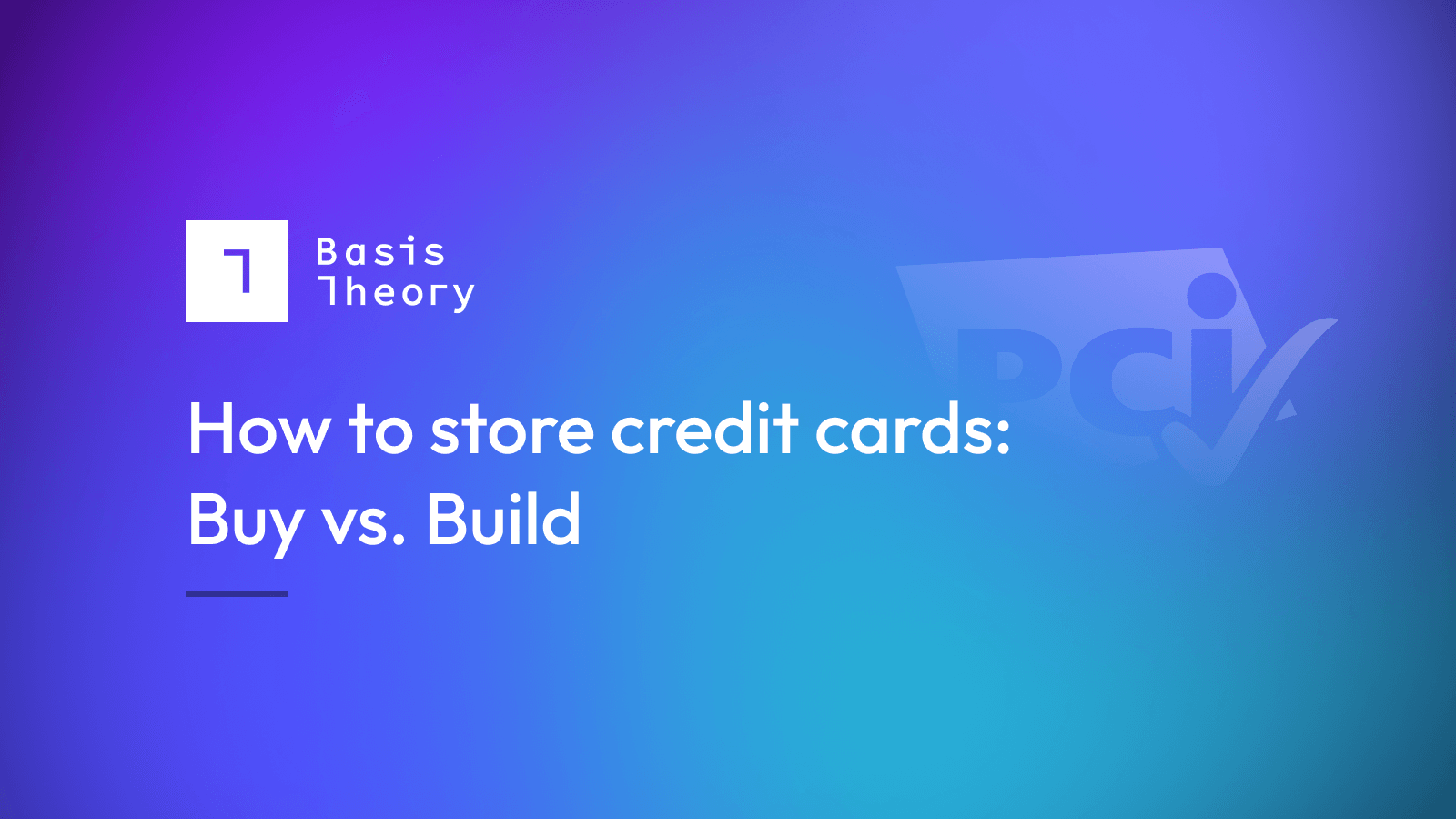Credit Card Tokenization for Improving Data Security

In today’s world, choosing which payment method to use for actually making a purchase can be just as hard for a consumer as deciding what to purchase.
And yet, credit card usage remains the most common payment method of choice—with an average of 6 million credit card transactions happening every hour.
This requires merchants to plan for credit card data security by using tokenization to protect against potential security breaches. Tokenization of credit card data works by converting the actual card information into a unique and random sequence of numbers, referred to as a "token." The primary benefit of tokenization is that the token renders the original data unreadable, even if the token is intercepted by unauthorized parties.
Unlike encryption, which can be reversed, tokenization is irreversible. As a result, sensitive data is fully protected and secure.
One of the most significant advantages of credit card tokenization is that it allows businesses to store credit card data securely within a cardholder data environment that does not violate the Payment Card Industry Data Security Standards (PCI DSS). This level of payment tokenization helps organizations maintain PCI compliance while protecting their customers' data without having to be PCI compliant themselves.
How does credit card tokenization work?
The technology from Basis Theory provides a clear credit card tokenization example, using a technique that generates a token to represent card data. This process replaces the sensitive credit card data with a nonsensitive token number. The original data is stored safely outside your environment, while the original data is removed from your internal systems.
Overall, credit card tokenization is a highly effective and innovative solution for protecting sensitive cardholder data. Other benefits include:
- Enhanced credit card data security.
- Complete compliance with PCI DSS.
- Protection against disruptions to existing business processes.
The primary benefit of using Basis Theory for payment tokenization is eliminating the need to store customer credit cards within your internal systems. By immediately swapping the credit card data before sending to a PSP—specifically the primary account number (PAN) with a token—you significantly reduce the risks associated with storing credit card data. You can also securely send credit card data to any endpoint using our Proxy Gateway.
This approach allows you to seamlessly integrate with various endpoints while maintaining high security and compliance.
How can credit card data be captured using tokenization?

Credit card tokenization can be used alongside credit card processing, maintaining the look and feel of the website's checkout page.
With Basis Theory, an iFrame can collect cardholder data directly from the checkout page fields in a browser-based application. This helps minimize the scope of PCI DSS compliance and mitigate risk by preventing data from entering the cardholder data environment (CDE).
On mobile, cardholder data can be captured from mobile applications on Android or iOS devices, whether the applications are native or web-based. Credit card information is collected using either the iFrame in browser-based scenarios or components in mobile SDKs to capture, encrypt, tokenize, and store the data securely.
A different credit card tokenization example involves call centers. Basis Theory can integrate with various technologies, such as point-to-point encryption (P2PE), interactive voice response (IVR), and dual-tone multifrequency (DTMF), to tokenize sensitive payment data. This approach removes the credit card information in systems downstream from the call center environment, reducing the organization's compliance scope and alleviating a major risk of credit card data security.
Storing Credit Cards Using PCI DSS Service Providers
When most people think of service providers today, they think of payment service providers (PSPs) like Stripe, Adyen, or Worldpay. These companies sell the compliance infrastructure, tokenization platforms and developer or no-code tools that are required to conduct business, stay compliant, and reduce the burdens of PCI compliance.
As a result, millions of companies can process payments online, issue cards, and operate as businesses without exhaustive, million-dollar PCI environments.
Tokenization platforms have been described as “Stripe without the payment processing.” The idea is that decoupling the token from the payment processor provides the desired amount of control, flexibility, and independence without the costs of implementing and maintaining a compliant CDE.
This independence has made payment tokenization one of the fastest-growing methods for collecting, securing, and using credit card data.
Simple use cases and payment flows rarely need a tokenization provider. However, one can be beneficial in situations where you need or want to:
- Route payments to multiple processors to improve authorization rates, negotiate costs, or conduct least-cost routing.
- Receive plaintext card numbers from a third-party, like a card issuer.
- Provide a third-party partner with cardholder data access, which enables other card-related services, such as updating card-on-file information.
- Run card analytics, search, or deduplication against cardholder data on file.
- Maintain PCI Level 1 compliance at as low a cost as possible.
Maintaining a compliant CDE can be messy, requiring monitoring software, auditing controls, and ongoing support. New partnerships, products, or services will require cardholder data that, if not centralized, can increase compliance scope and risk.
The fourth version of PCI DSS (PCI v4.0) contains over 60 new requirements. Luckily, service providers are incentivized to build products that:
- Maintain a reduced compliance footprint using its external, centralized, and tokenized data.
- Improves adherence with developer-friendly documentation that engineers want to use.
- Enforce compliance using modern tools, developer patterns, and access controls.
- Abstract and automate security best practices to assuage popular security challenges.
- Respond to emerging threats with timely patches, software updates, and key rotation.
Tokenization is central to these service providers, helping organizations drastically reduce their system’s compliance scope without diminishing the value to the end-user or the business. Using a service provider like Basis Theory can reduce PCI compliance requirements by more than 93%.
An example of using a service provider for credit card tokenization comes each year when PCI DSS merchants are required to validate or “attest” their controls. This is done via a self-assessment questionnaire or for large organizations with over 6 million transactions, a report on compliance conducted by a Qualified Security Assessor.
Without a service provider, most would be required to answer 339 questions in the Self-Assessment Questionnaire D, or SAQ D. Regardless of your path, be sure your organization is using the right PCI DSS SAQ for you.
.png?width=365&height=122&name=BTLogo%20(1).png)




